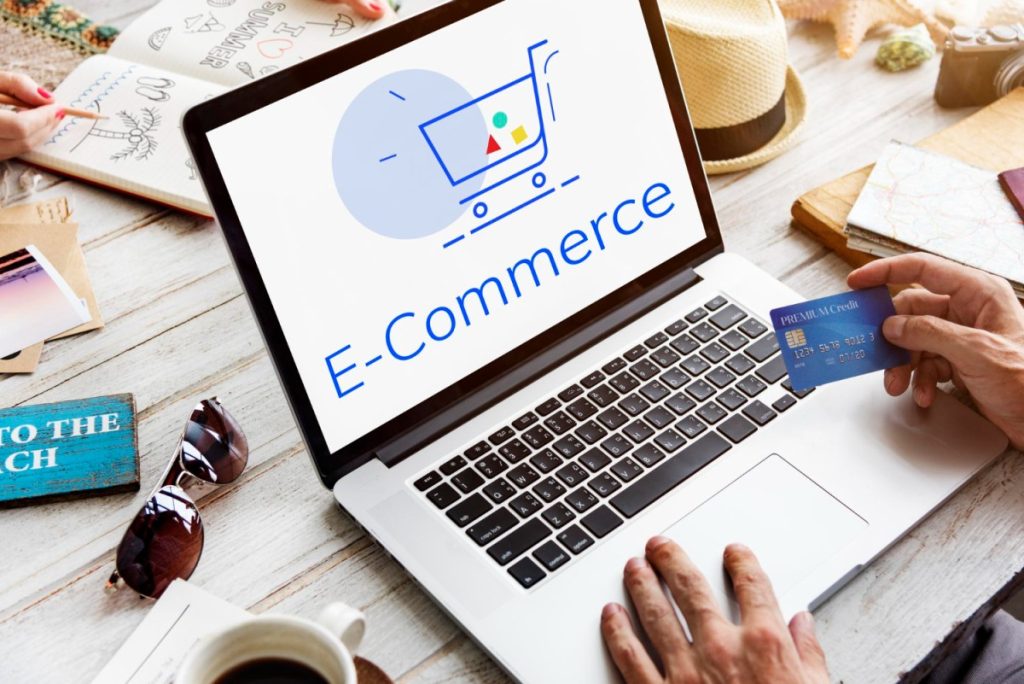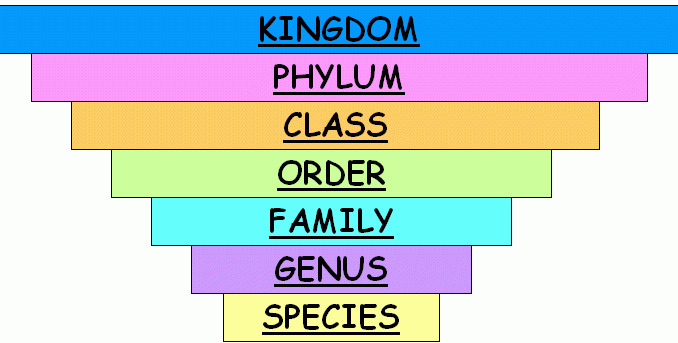E-commerce and its types
E-Commerce: E-Commerce is the process of buying and selling goods, services, and information through the Internet. It refers to electronic transactions done over a communication network i.e. internet.
Table of Contents
ToggleNote: E-mail, Fax, Online payment, Online Security, Web services, and Information sharing are some of the widely used technology in E-Commerce
Types of E-Commerce:
a) Business to Customer (B2C): The business relationship between the organization and the final customer. An E-Commerce website plays an intermediary role between the business organization and the final consumer. amazon performs B2C.
b) Business to Business (B2B): This type of e-commerce is conducted between companies. The individual consumer cannot buy from this type of e-commerce. For example, manufacturing companies sell goods to wholesalers. alibaba performs B2B.
c) Consumer to Consumer (C2C): This type of e-commerce is conducted between consumers. For example, second-hand or used products can also be brought online using sites like Amazon, and Flipkart. These platforms act as a third party where consumers can directly interact with each other and perform transactions between them.
Pros and Cons of E-Commerce
Advantages / Pros / Merits of E-Commerce
- We can buy and sell goods and services anytime anywhere.
- With no geographical limitations, we can expand our business globally.
- Physical stores and shops are not required.
- Low operation cost.
- Customers will have a wide range of choices.
- Customers can provide real-time feedback and suggestions.
Disadvantages / Cons/ De-merits / Limitations of E-Commerce
- It works only on networks such as the Internet.
- Chances of electronic frauds and scams.
- Technical failure may hamper the whole business operation.
- Technical skill and knowledge required to operate.
- Goods and services may not be real as shown in e-commerce.
- International laws may restrict performing business overseas.
Similarities and Differences between Traditional Commerce and E-commerce.
| Traditional Commerce VS E-Commerce | |
| Similarities | Differences |
| Both are profit-oriented. | Unlike traditional, E-Commerce uses Internet-based technologies. |
| Both want to expand and serve a large number of consumers. | Unlike traditional, E-Commerce can provide a global audience. |
| Both want good relationships among consumers | Unlike traditional, In E-Commerce physical stores and human intervention is not required. |
| Both want to deliver quality services to consumers. | Unlike traditional, E-Commerce can provide real-time feedback and criticism. |
Some Important Terminologies
a) M-Commerce: It refers to Mobile-Commerce which is an extended version of e-commerce where buying and selling goods, services, and information are done through handheld devices such as mobile phones, tablets, PDAs, etc. M-commerce includes websites and most apps that provide features for performing transactions. Some examples of M-Commerce are purchasing airline tickets, movie tickets, hotel booking, top-up recharge, fund transfer, etc.
Importance of M-Commerce:
- Widely used technology. Almost every people in these days used a mobile phone.
- Portable enough to perform transactions anytime anywhere.
b) Online payment: Online payment is the process of performing transactions without using cash. It generally refers to paperless transactions using modern-day solutions i.e. payment gateway. through internet. Several modes of E-payments are credit cards, debit cards, electronic fund transfers (EFT), e-cheques, etc.
Advantages of Online payment:
- Cashless/paperless transaction.
- Great safety and security from physical theft.
- Virtual fund transfer minimizes human interaction
- Can be used to perform online shopping.
Disadvantages of Online Payments:
- Security risks: Online payments involve the transfer of sensitive financial information over the Internet, which can be vulnerable to cyber threats such as hacking and phishing.
- Privacy concerns: Some people may be concerned about sharing their personal and financial information online, particularly if they are not familiar with the security measures taken by the payment processor or merchant.
- Limited payment options: Not all online payment systems accept all types of payment methods, and some may not be available in certain countries.
- Potential for fraud: There is a risk of fraud when making online payments, as scammers may attempt to trick people into providing their financial information or making payments to fake websites or organizations.
- Fees: Some online payment systems may charge fees for their services, which can add to the overall cost of a transaction.







2 Responses
【NICE】
Thanks 🙏